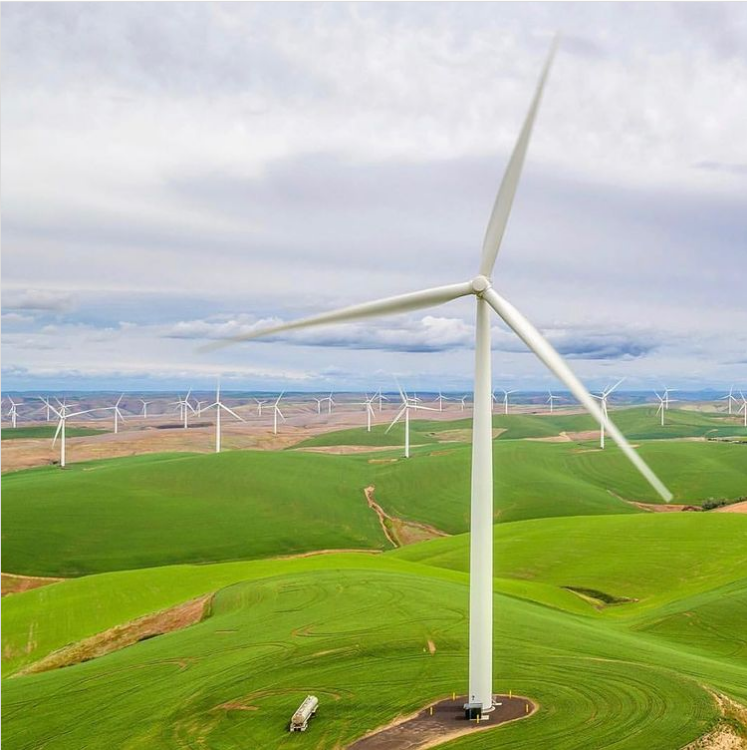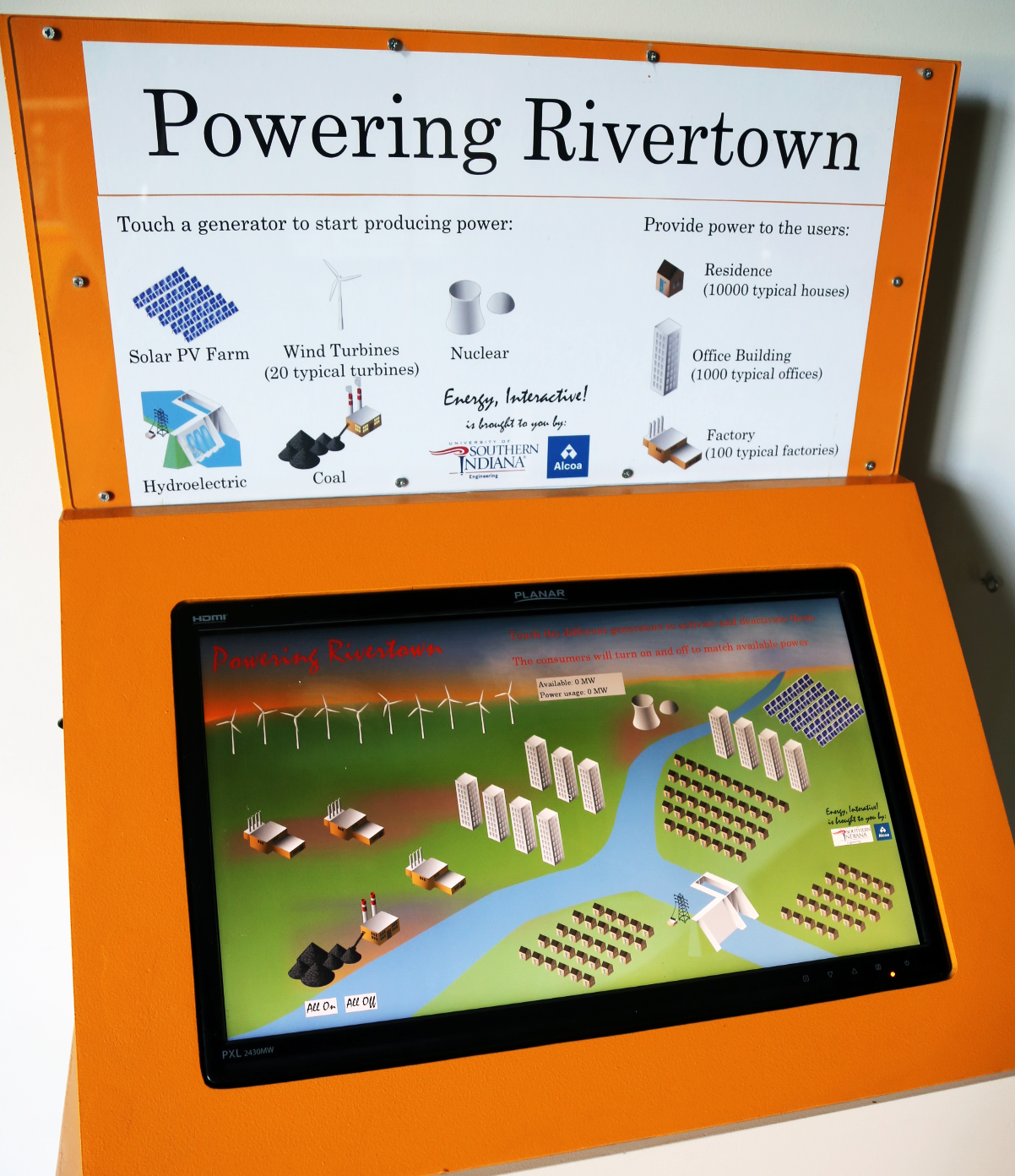The Colonial Pipeline Cyberattack and Green Energy
Sourced from The U.S. Energy Information Administration: https://www.eia.gov/energyexplained/renewable-sources/
On May 7th, 2021, the Colonial Pipeline was subject to a cyberattack that shut down operations for 5 days. This shutdown left thousands of gas stations up and down the East Coast without gasoline, leading to widespread shortages and soaring gas prices. The Colonial Pipeline is the largest oil pipeline in the United States, capable of transporting 3 million barrels of fuel per day and supplying roughly 45% of all fuel consumed by the East Coast. This is not the first time that a bottleneck in Colonial Pipeline operations has caused shortages and rising prices for American consumers. Over the past 50 years, severe weather, wear and tear on pipeline infrastructure, and operator errors have all caused damage to the Colonial Pipeline and its associated refineries. This damage has led to disruptions in the oil and gas market, along with oil spills, gas leaks, property damage, environmental contamination, and loss of life.
In the past decade, roughly 80% of energy production in the United States has been driven by fossil fuels. Fossil fuels, including petroleum, natural gas, and coal, are formed from the decomposing remains of animals and plants that lived millions of years ago. When burned, fossil fuels release energy that can be used to power our cars, homes, and businesses. Fossil fuels are considered non-renewable resources because they take millions of years to form naturally. Once our society has burned through all of the fossil fuels that exist on Earth, there will be none left for future generations.
Along with being a limited resource, fossil fuels also cause damage to the environment. The process of extracting and refining fossil fuels contributes to air and water pollution and natural habitat destruction. The burning of fossil fuels releases greenhouses gases, which are the major driver of climate change. To combat climate change, improve air and water quality, stabilize the global energy market, and meet the rising energy needs of American consumers, it is important that we diversify our energy resources.
Renewable energy resources, like solar, wind, and hydroelectric are forms of energy that are naturally replenished over a short period of time. Energy collected from these sources is stored, transported, and used to power communities across the globe. Roughly 12% of energy consumption in the United States is currently supplied by renewable resources. That percentage is expected to grow in the coming decades as communities and corporations turn to renewable resources to meet their energy needs.
Other countries, including Costa Rica, Paraguay, Uruguay, Iceland, Norway, and Scotland already meet 90% or more of their energy needs through renewable resources. Individual cities and states in the United States are also making the switch to renewable resources. To see how your community could incorporate renewable resources into its energy consumption, come visit the Powering Rivertown interactive exhibit at the Evansville Museum.
By: Carlisle Wishard, Science Intern
REFERENCES:



